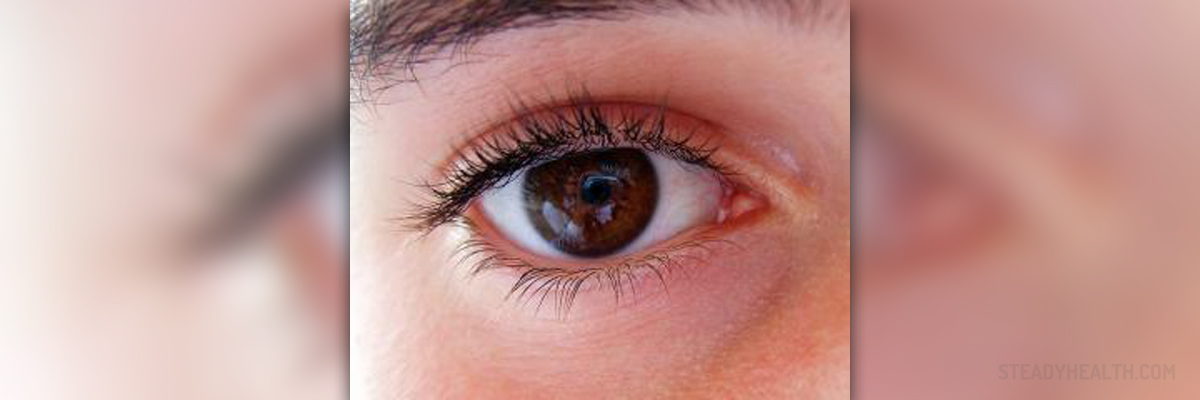
Dry eye syndrome is the most frequent eye problem that ophthalmologists encounter. It is a disorder of the tear film that coats the eyes. More than ten million of people in the United Stated have dry eye syndrome. In most cases it is caused by an inadequate lubrication in the eyes. Before we find out what the causes and symptoms of dry eye syndrome are, let’s read about the tear film.
What is Tear Film?
Role of the tear film is to lubricate the eyes and to provide the clear vision. Tear film is made up of three layers. The inner layer or a layer of mucus coats the cornea and glues the tear film to the eye surface. The middle layer or the aqueous layer has a function to provide nutrients, oxygen and antibodies to the eyes as well as to keep them moist. The aqueous layer consists mainly of water (98%) and small amounts of salt, proteins and other compounds. The outer layer or lipid layer contains fatty oils called lipids. Its role is to prevent evaporation of the aqueous layer and to fasten the tear film. Tears are produced by the glands that are in and around the eyes. The lacrimal gland, positioned beneath the upper eyelid creates the aqueous layer. Number of smaller glands in the eyelids produces the lipid and mucus layer. As we blink, the tears are evenly spread over the eye surface. Excess tears in the eyes flow into the drainage ducts in the inner corners of the eyes. These tear ducts are connected to the nasal passage, which explains why crying causes runny nose. Apart from the tears that lubricate the eyes, there are also reflex tears that are produced in order to wash out foreign particles from the eye, and tears produced in response to physical and emotional pain. Unlike lubricating tears, reflex tears cannot soothe dry eyes.
Causes of Dry Eyes
Different causes can lead to dry eyes. Usually, dry eyes result from aging process as with age tear production decreases. This is especially the case in women after menopause due to hormonal changes. Environmental conditions such as hot, dry or windy climates, high altitudes or exposure to smoke can cause dry eyes. People who spend a lot of time reading or staring at a computer screen can also suffer from dry eyes. Long term use of contact lenses can lead to dry eyes because it absorbs the tear film. Use of certain medications as well as medical conditions like thyroid problems, Parkinson’s disease, diabetes and Sjorgen’s syndrome can cause dryness of the eyes. Deficiency of vitamin A can also result in this eye condition.
Symptoms of Dry Eyes
Dry eyes are accompanied by symptoms such as: itching and burning in the eyes, redness, irritation, light sensitivity, blurred vision and excessive tearing. Symptoms worsen in hot, dry and windy conditions as well as with prolonged use of eyes, after reading or working on a computer.
Treatment for Dry Eyes
There are various treatments available for dry eyes. Use of artificial tears on a regular basis can provide significant relief. Another option is to use punctal plugs. Punctal plugs work by closing the opening of the tear drain, which traps the tears and keeps the eye moist. There is a dissolvable collagen plug that provides temporary solution and silicone plug for permanent solution. Certain lifestyle changes, like drinking plenty of water, frequent blinking and avoiding to rub the eyes, can also help to improve the dryness.


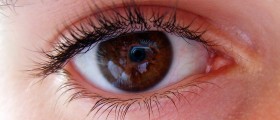
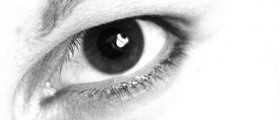
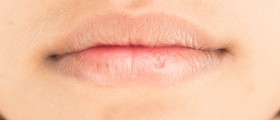








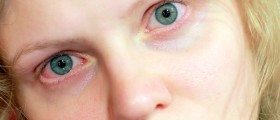
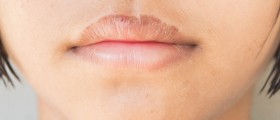
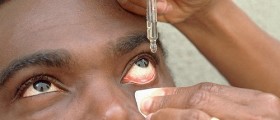
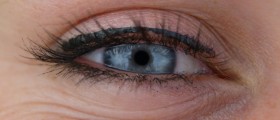
Your thoughts on this
Loading...